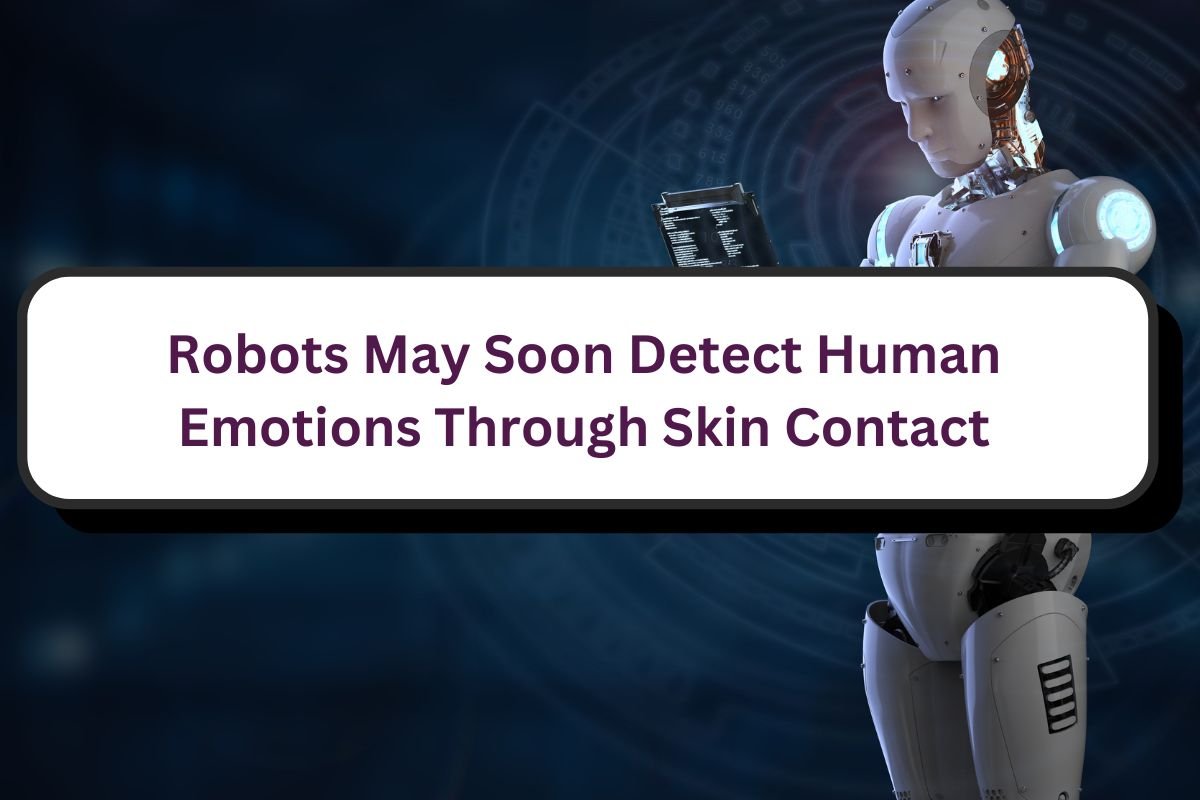Recent groundbreaking research published in the IEEE Access journal reveals an innovative approach to emotion detection through skin conductance, potentially revolutionizing human-robot interaction. Scientists at Tokyo Metropolitan University have demonstrated that robots might soon understand human emotions simply through touch, opening new frontiers in emotional intelligence technology.

Understanding the Science of Skin Conductance
Skin conductance, also known as electrodermal activity, serves as a remarkable window into our emotional states. When we experience emotions, our body’s autonomic nervous system triggers subtle changes in sweat gland activity, affecting the skin’s electrical properties. These microscopic variations occur within seconds, providing real-time insights into emotional responses.
Unlike traditional emotion detection methods such as facial recognition or voice analysis, skin conductance offers several distinctive advantages:
- Greater reliability in varying environmental conditions
- Non-invasive measurement technique
- Immediate emotional feedback
- Resistance to conscious manipulation
Groundbreaking Research Methodology
The Tokyo Metropolitan University study involved 33 participants in a carefully controlled environment. Researchers attached specialized sensors to participants’ fingers while exposing them to various emotional stimuli through video content. The experiment incorporated:
- Horror scenes for fear response
- Family reunion footage for complex emotional reactions
- Comedy sketches for joy and humor analysis
Key Findings and Emotional Patterns
The research unveiled distinct patterns in skin conductance for different emotional states:
Fear Response
Fear generated the most prolonged skin conductance patterns, suggesting an evolutionary adaptation for sustained vigilance in threatening situations. This finding aligns with our understanding of survival mechanisms.
Complex Emotions
Family bonding scenarios produced intricate response patterns, characterized by slower changes in skin conductance. These measurements reflected the complexity of experiencing simultaneous happiness and nostalgia.
Humor Detection
Comedy-induced responses showed rapid but brief changes in skin conductance, presenting an interesting puzzle for researchers regarding the physiological basis of humor recognition.
Future Applications and Implications
This breakthrough could transform various technological domains:
- Healthcare Robotics: Enabling more empathetic care robots that respond to patient emotional states
- Entertainment Systems: Creating adaptive content delivery based on viewer emotional responses
- Therapeutic Applications: Developing more effective emotion-monitoring tools for mental health support
- Smart Home Technology: Designing environments that adjust to occupants’ emotional needs
Current Limitations and Future Development
While promising, the technology requires further refinement. Researchers acknowledge that combining skin conductance measurements with other physiological indicators could enhance accuracy. Ongoing research focuses on:
- Integration with heart rate monitoring
- Correlation with brain activity patterns
- Development of more sensitive sensors
- Algorithm refinement for complex emotional states
The Road Ahead
As demand grows for emotionally intelligent technology, this research represents a significant step toward creating more empathetic artificial intelligence systems. The ability to accurately detect and respond to human emotions could fundamentally transform how we interact with machines, leading to more natural and intuitive human-robot relationships.
Through continued research and development, we may soon see robots that can not only understand our words but also comprehend our emotional states, ushering in a new era of emotionally aware technology.

Leave a Reply